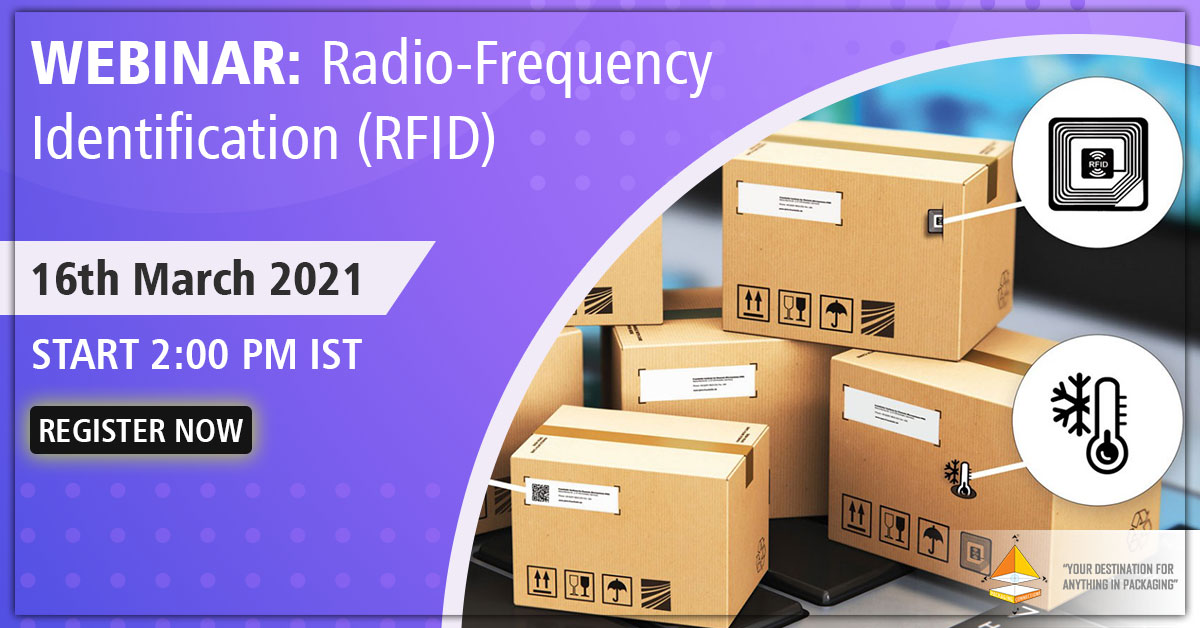
All segments of the supply chain can take advantage of wireless (sensor) technology. Retailers in general merchandise, grocery, apparel and other categories are now piloting RFID programs and reporting improved sales from greater stock availability, cost savings and increased responsiveness, especially in receiving and inventory control operations. Current RFID tags are based on chips containing a memory that can be wirelessly read out to uniquely identify products. As these applications continue to prove their value, labels with additional functionality such as time-temperature, pressure, tilt monitoring and chemical sensing are emerging. This requires low-cost sensor development.
The usage of RFID tags in packaging opens new avenues for greater safety, convenience and quality while moving with a mission to offer necessary information to consumers in the right moment. RFID technology that is set to provide information about drugs is also in the forefront to guide food lovers when they choose food packages. Researchers combined a wireless sensor that can find the spoilage in chopped fresh fruits with a printable RF tag and arranged it underneath the package label. If there is any formation of ethanol in food package, the sensor senses and sends information to consumer which can be accessed through near field communication (NFC) enabled smart phone. The data is sent via a reader, it can also be used from a remote server which stored it digitally, with the help of a smart phone.
Radio-frequency identification (RFID) can help to tackle many problems in the food and beverage industries such as waste in the supply chain, empty shelves, theft, counterfeiting and recall of debased or dangerous product following a bioterrorism incident or outbreak of foodborne disease. It is currently used on or in only a tiny percentage of food or drink packages, but it may be extensively used before the end of the decade.
RFID is a method of data collection that involves automatically identifying objects through low-power radio waves. Data is sent and received with a system consisting of RFID tags, an antenna, an RFID reader, and a transceiver.







